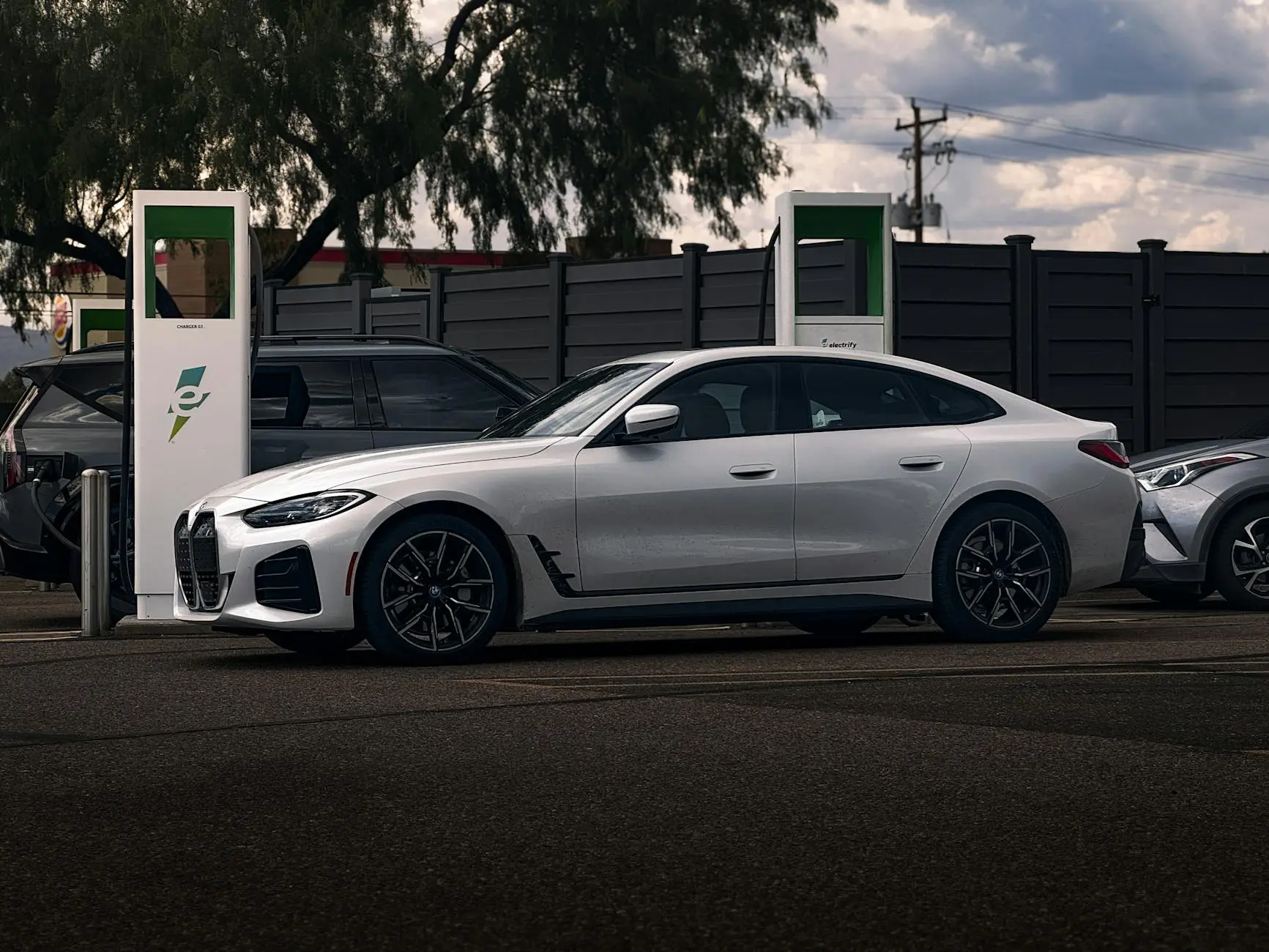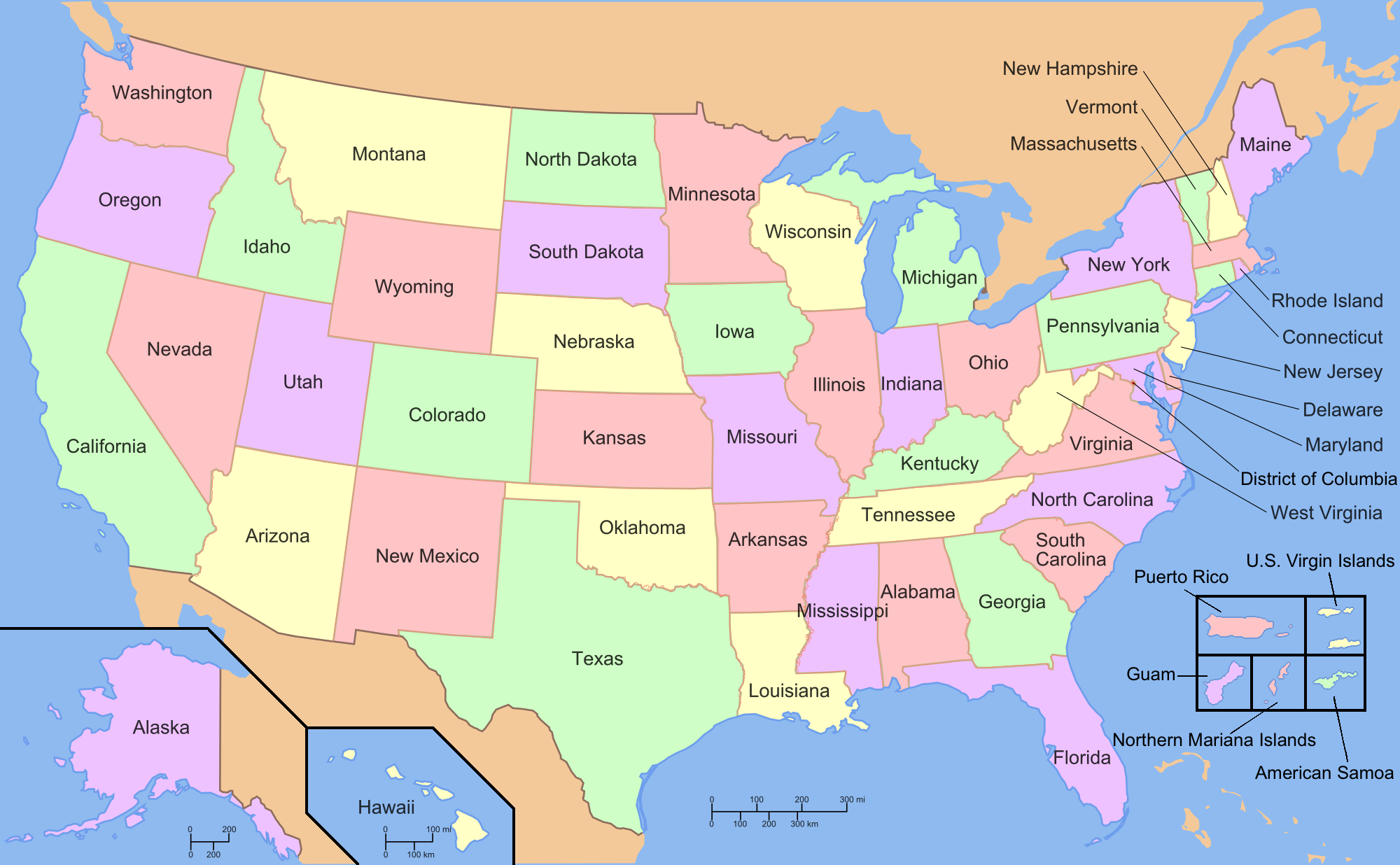The Pros and Cons of Bundling Home and Car Insurance
In today’s insurance landscape, bundling – or combining multiple types of insurance policies with a single provider – is a common strategy recommended to consumers, particularly regarding home and car insurance. This approach promises potential savings and conveniences, but it’s essential to understand both the benefits and drawbacks before deciding if it’s the right choice for you. Let’s delve into the pros and cons of bundling home and car insurance to provide a comprehensive view that aids in making informed decisions.
Benefits of Bundling Home and Car Insurance
1. Cost Savings
- Discounted Premiums: Bundling often comes with discounts on your premiums. Insurers may offer up to 10-25% off for combining policies, which can amount to significant savings over time.
- Reduced Overall Costs: By negotiating one deal for both home and car insurance, you might lower administrative fees and other hidden costs, further reducing overall expenses.
2. Simplified Management
- Single Point of Contact: With bundled policies, there’s just one insurance company to communicate with, which simplifies handling inquiries, claims, and policy adjustments.
- Unified Renewal Process: Renewing your policies becomes simpler as you’ll deal with them simultaneously, reducing the hassle of managing multiple renewal dates.
3. Streamlined Claims Process
- Coordinated Claims Handling: If a single event affects both your home and car—such as a natural disaster—having both policies with the same company can expedite the claims process through coordinated service.
- Dedicated Agent: Often, a single agent is assigned to handle all your insurance needs, adding a personalized touch that can make the process more efficient and less stressful.
4. Incentives and Customizable Packages
- Additional Perks: Many insurers provide extra perks or coverage options at reduced rates for bundled policies, such as enhanced roadside assistance or increased property coverage.
- Customizable Options: Bundling offers the flexibility to adjust coverage limits and deductibles across policies to align with your overall needs, potentially providing broader protection.
Drawbacks of Bundling Home and Car Insurance
1. Limited Flexibility
- Potentially Lesser Coverage: Bundling might pressure you into accepting less-than-optimal coverage from a single provider when superior options could be available by shopping around.
- Restrictive Terms: Some bundled policies may come with terms that are less favorable than standalone options, which could include tougher restrictions or higher deductibles.
2. Changes in Lifestyle or Needs
- Adaptability Issues: If your circumstances change significantly, such as moving to a higher-risk area or purchasing a high-value vehicle, the bundled package might not be as competitive or appropriately tailored.
- Difficulty in Switching Providers: Bundling can make it more complex to switch insurers if you’re only unsatisfied with one part of the package, as you’d likely need to move both policies to a new provider.
3. Potential for Overlooked Details
- Over-dependence on One Provider: Consumers might become complacent, failing to regularly reassess their policies to ensure they’re still getting the best deal.
- Hidden Fees or Policy Nuances: Sometimes, bundled packages include clauses or fees that might not be immediately obvious, necessitating close scrutiny.
Tips for Deciding Whether to Bundle
Comprehensive Research
Evaluate multiple insurers’ offers and compare their bundled packages against separate policies to determine genuine savings and coverage comprehensiveness.
Long-term Value Analysis
Calculate the long-term financial implications, factoring in potential rate increases, changes in coverage needs, and any associated fees with switching providers later.
Customer Service and Reputation
Investigate the reliability and customer service reputation of the insurer. A seamless claims process and responsive customer service are crucial when dealing with bundled policies.
Periodic Policy Review
Once bundled, continue to review your policies periodically to ensure they remain competitive and aligned with your evolving needs.
Conclusion
Bundling home and car insurance can be an excellent strategy for simplifying your insurance needs and reducing costs, thanks to potential discounts and streamlined management. However, it requires diligence in assessing the quality and scope of coverage, ensuring that the chosen insurer offers robust terms that match your current and future requirements.
Before deciding to bundle, weigh the pros and cons carefully, consider your personal needs, and don’t hesitate to compare standalone policies to guarantee you’re making the best financial and risk management decision. Whether you choose to bundle or not, the priority should always be on securing comprehensive and flexible protection for your most valuable assets.










